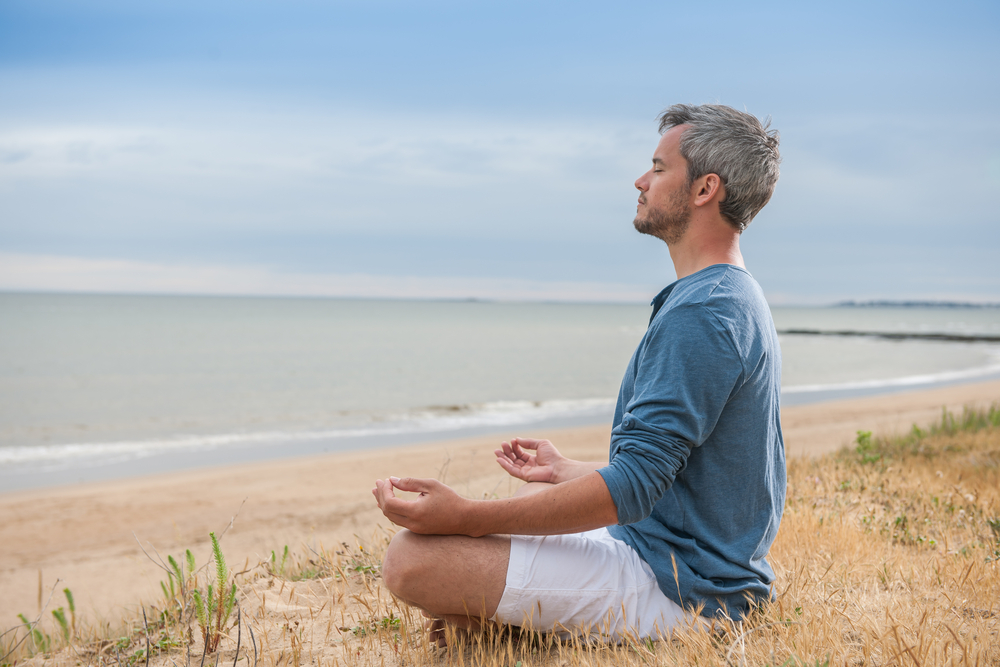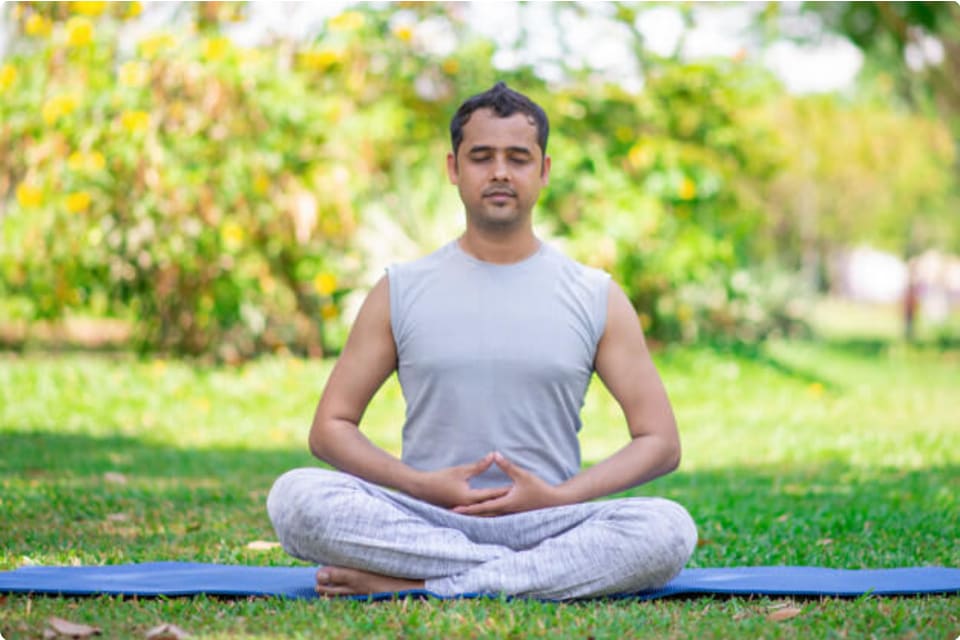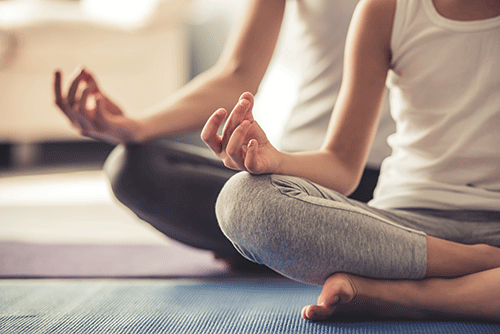Improve Your Well-Being by Understanding How to Meditate?
Improve Your Well-Being by Understanding How to Meditate?
Blog Article
Just How to Meditate: A Step-by-Step Method to Achieving Mindfulness and Calm
Meditation acts as an effective tool for achieving mindfulness and psychological calm in a busy world. By understanding the fundamental concepts and strategies involved in reflection, people can cultivate a practice that boosts their overall wellness. This discussion will certainly outline essential steps, from producing a favorable setting to incorporating meditation into everyday regimens. As we check out these components, it becomes clear that the trip to mindfulness is not merely about the act of resting in silence, however instead about fostering a much deeper link with oneself and the world around us. What might this change require?
Comprehending Meditation
Recognizing meditation involves understanding its basic principles and methods, which work as the structure for the method. At its core, meditation is a psychological exercise focused on promoting relaxation, constructing inner power, and creating empathy and understanding. The practice motivates people to concentrate their focus, frequently via methods such as deep breathing, visualization, or mantra repeating.
Meditation can be classified into numerous styles, including mindfulness, transcendental, and loving-kindness reflection, each with unique purposes and methodologies. Mindfulness meditation emphasizes present-moment understanding and non-judgmental observation of sensations and ideas, while copyright includes using details concepts to go beyond ordinary thought procedures. Loving-kindness reflection concentrates on developing a perspective of love and compassion in the direction of oneself and others.
No matter of the method utilized, the key goal remains constant: to grow a deeper understanding of the mind and its patterns. This self-awareness cultivates emotional durability, clarity of idea, and an extensive feeling of calmness (How to meditate?). By understanding these techniques and concepts, individuals prepared for a successful meditation technique that can substantially improve their general wellness
Getting Ready For Your Method
Before beginning your meditation technique, it is important to produce an environment for concentrate and relaxation. Select a quiet room where you are unlikely to be disrupted. This could be a corner of a space, a garden, or any area that evokes a sense of peace. Make sure that the area is cost-free and tidy of mess, as a neat setting can help clear the mind.
Think about the lighting, as natural light can boost your state of mind and energy. Soft, warm lights is typically more soothing than rough fluorescent lights. Furthermore, select a comfortable temperature, guaranteeing that you are neither also hot neither also cool.
Integrating aspects that promote harmony can further boost your experience. This might consist of soft cushions or blankets for comfort, in addition to relaxing aromas from important oils or incense. It can also be useful to have a timer set for your reflection session to prevent interruptions from clock-watching.
Standard Meditation Techniques

One more efficient method is body check reflection. This involves mentally scanning your body from head to toe, noticing any type of areas of stress or discomfort and consciously kicking back those muscles. This technique cultivates a deeper link in between your body and mind.

Lastly, loving-kindness meditation concentrates on growing concern in the direction of yourself and others. Silently repeat phrases of goodwill, boosting psychological well-being and interconnectedness. Each of these strategies functions as a structure for your reflection journey, allowing you to discover the approach that resonates ideal with your individual practice.
Keeping Emphasis and Mindfulness

Developing a dedicated reflection space can enhance the capacity to keep mindfulness. A peaceful, clean atmosphere lessens interruptions, enabling deeper immersion in the method. In addition, establishing article source a time frame can assist handle expectations; beginning with shorter sessions might alleviate the transition into longer methods.
Utilizing methods such as body scanning or observing experiences can additionally bolster mindfulness. These methods motivate experts to stay present and engaged with their physicality, anchoring their focus in the minute. Regular method is essential; the brain develops strength over time, producing a more powerful ability for emphasis.
Incorporating Reflection Into Day-to-day Live
Incorporating discover here meditation right into life can transform routine activities right into chances for mindfulness and self-reflection. By integrating mindfulness techniques into common jobs, people can cultivate a higher sense of existence and serenity in the middle of the numerous hours of day-to-day life.
Begin by determining moments throughout your day where you can stop briefly and practice mindfulness. For example, during your early morning commute, concentrate on your breath or the experiences of the atmosphere around you. In the kitchen area, approach cooking as a reflective method, relishing the textures, colors, and aromas of the ingredients. Even ordinary tasks like walking or washing meals can end up being possibilities for reflection by directing your attention to the sensations of activity and the audios surrounding you.
In addition, reserving committed times for reflection can strengthen its practice. Start with short sessions, gradually raising duration as you end up being a lot more comfortable. Use pointers or signs-- like a particular time of day or a soothing sound-- to develop uniformity.
Ultimately, the goal is to weave mindfulness into the material of day-to-day live, allowing you to approach each moment with intention, consequently improving your overall feeling of well-being and clarity.
Verdict
In conclusion, reliable reflection needs a silent atmosphere, a comfortable setting, and a focus on the breath. Normal reflection, even in short sessions, cultivates a deeper link to the present moment, inevitably leading to better calm and psychological clarity in day-to-day life.
Meditation can be categorized into various styles, including mindfulness, transcendental, and loving-kindness meditation, each with unique functions and techniques. Mindfulness reflection highlights present-moment understanding and non-judgmental observation of ideas and sensations, while transcendental reflection entails the usage of details concepts to go beyond ordinary idea processes.With your meditation space prepared, it's time visit our website to check out various basic reflection methods that can help grow mindfulness and inner peace.Consistently maintaining emphasis and mindfulness during meditation can be challenging, especially for those brand-new to the practice.Establishing a committed meditation area can improve the capability to preserve mindfulness.
Report this page